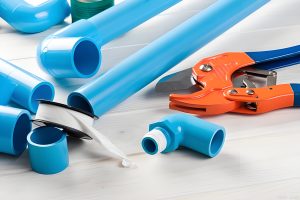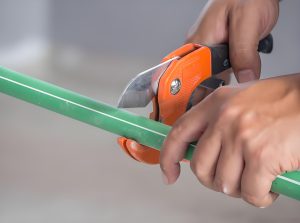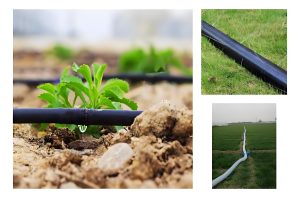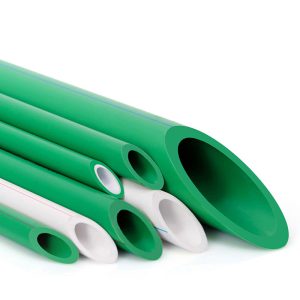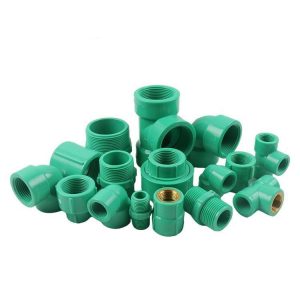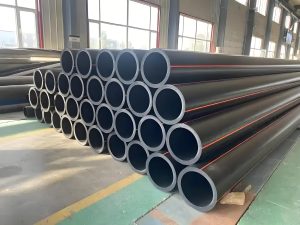LUOYANG DATANG ENERGY TECH CO.,LTD

HDPE Pipes Build An Efficient Water-Saving Irrigation System
As global water shortages intensify, efficient water-saving irrigation systems have become a core demand in agriculture, landscaping, and municipal engineering. As a producer of HDPE pipes with 20 years of industry experience, we have summarized the golden rule of system design centered on HDPE pipes based on practical data from over 300 water-saving irrigation projects. This article will reveal how to increase irrigation efficiency by 30% and reduce leakage risk by 50% through scientific pipe network layout.

Why are HDPE pipes the core of water-saving irrigation systems?
1. Comparison of measured data: HDPE pipes vs. Traditional pipes
Leakage rate comparison: Cast iron pipe leakage rate > 12% per year, PVC pipe joint leakage rate 8%, HDPE hot melt welding achieves zero leakage (National Water Resources Research Institute 2023 data)
Service life: Ordinary PVC pipes have a lifespan of 8-10 years, while HDPE pipes have a lifespan of up to 50 years in an environment of -60 ° C to 60 ° C
Flow retention rate: DN200 pipe has a pressure loss rate of only 3.2% over 20 years (certified data by German TUV)
2. Core advantages of HDPE pipes
Molecular-level sealing: Hot-melt welding forms molecular chain fusion, completely eliminating the risk of leakage at the interface
Dynamic pressure resistance: CRA pressure curves show that HDPE pipes can withstand 2.5 times instantaneous water hammer impacts
Terrain adaptability: 1500D bending radius enables seamless installation in complex terrains
Ecological safety: FDA food grade certified, heavy metal leaching < 0.001ppm
Five important rules for designing Water-saving irrigation systems
Rule 1: Three-level pressure zoning control
High-pressure zone (> 0.6MPa) : The main pipe is made of SDR11 series HDPE pipe with a wall thickness of ≥12.3mm
Medium pressure zone (0.4-0.6MPa) : Branch pipes of SDR13.6 specification, equipped with pressure-compensating drippers
Low-pressure area (< 0.4MPa) : The capillary network uses labyrinth drip irrigation tape with a working pressure of 0.1MPa
Rule 2: Precise hydraulic calculation model
Calculate head loss along the way using the Hazen-Williams formula:
\ [h_f = 10.67 \ \ times times L Q ^ {} 1.852 / (C ^ ^ 1.852} {\ times D 4.8655} {) \)
(C value is 150, HDPE pipe roughness 0.007mm)
Rule 3: Intelligent irrigation parameter configuration
| Crop type | Irrigation intensity (mm/h) | Water demand per day (m³/ mu) | Suggested pipe diameter |
| Greenhouse vegetables | 6-8 | 2.5-3.2 | DN50 |
| Fruit trees | 4-6 | 1.8-2.4 | DN65 |
| Lawn | 10-12 | 3.5-4.2 | DN40 |
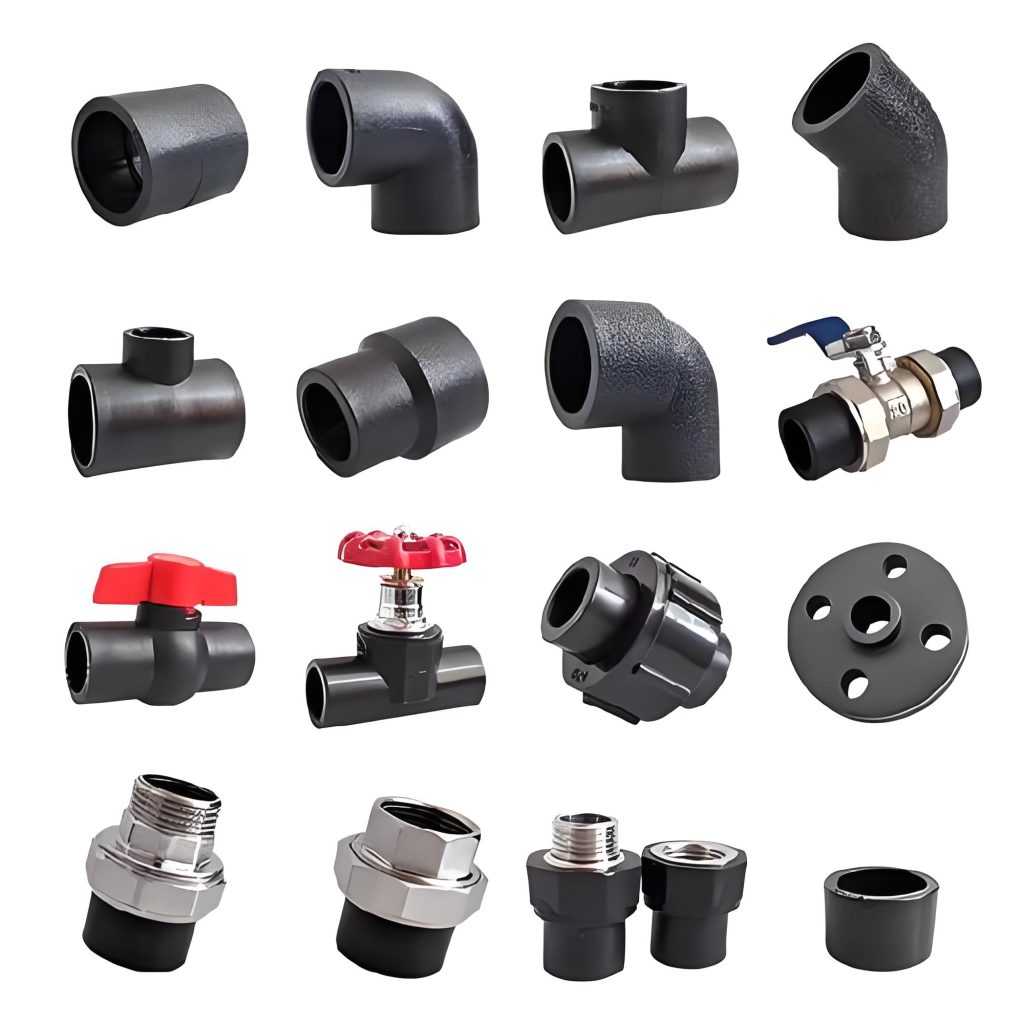
Practical Tips for HDPE Pipe Layout (with 3D layout diagram analysis)
Tip 1: Terrain adaptive topology algorithm
Use “contour line encirsion” for pipe layout on slopes, and install pressure relief valves when the slope is greater than 15°
A “feng” shaped pipe network is implemented on the flat ground, with the spacing of branch pipes in a ratio of 1.2:1 to the range of nozzles
Tip 2: Key points for quality control of hot melt welding
210±5 ° C fusion temperature maintain pressure 0.15MPa
Heat absorption time = Pipe wall thickness (mm)×10 seconds, cooling time ≥ wall thickness (mm)×1 minute
Tip 3: Dynamic expansion compensation design
Set up Ω compensators every 50 meters, with a 5% extension allowance
The fixed piers are cast in C25 concrete, with dimensions = 3 times the pipe diameter
Practical case:
A 3,000-mu cotton field project in Xinjiang achieved a 43% water saving and a 22% increase in yield per mu by using SDR17 series HDPE pipes and pressure-compensating drip irrigation tapes. The pipe network layout adopted the “three levels and four zones” model, with the main pipes laid along the field ridges and the branch pipes spaced 56 meters, corresponding to a sprinkler range of 47 meters.
Four innovative combinations of the intelligent irrigation system
1. Integration of Internet of Things monitoring systems
Install soil moisture sensors every 200 meters
The electric valve is linked to the SCADA system with an error of less than 0.02MPa
2. Anti-clogging technical solution
Install a 120-mesh laminated filter at the head
The main pipe is designed with a 0.5% slope and a drain valve every 100 meters
3. Configuration of solar pumping stations
5kW photovoltaic system drives pipeline booster pump
With energy storage battery for 24-hour pressure stabilization
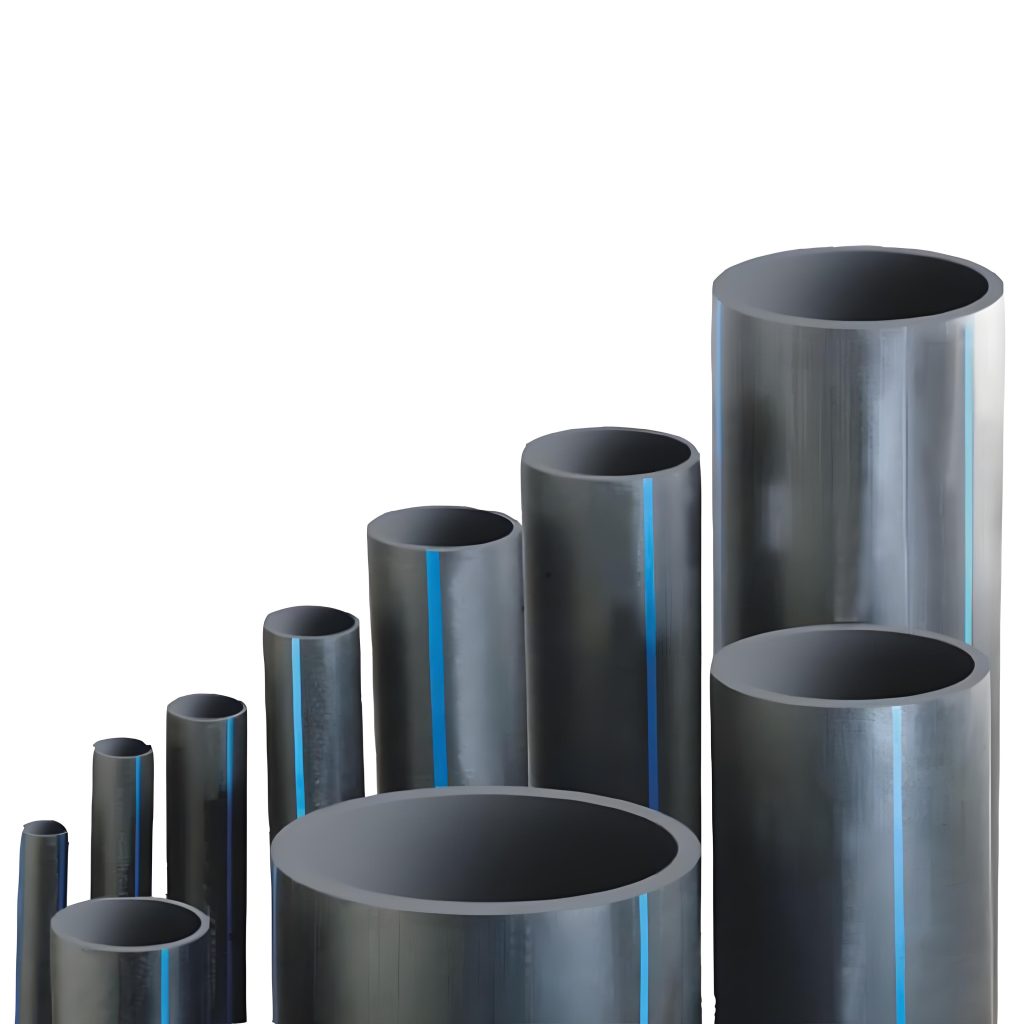
HDPE pipe selection guide with 20-year warranty
Quick reference table for selection parameters
| Items | Standard values | Detection method |
| Melt flow rate | 0.2 0.4 g / 10 min | GB/T3682 |
| Longitudinal retraction rate | ≤3% | GB/T6671 |
| Oxidation induction time | ≥20min | GB/T19466.6 |
Special reminder: Make sure to recognize the blue band marking. The density of PE100 grade raw materials should be ≥0.948g/cm³ to ensure compliance with the national standard GB/T13663.
Supplier
Luoyang Datang Energy Tech Co., Ltd. is a leading Chinese manufacturer specializing in high-quality plastic pipes and fittings. Equipped with state-of-the-art automated production lines and supported by a team of 200 professionals, we offer an extensive product line comprising over 150 types of plastic pipes and fittings designed for water supply and drainage systems, gas transmission, and floor heating systems. Our main products include PVC Pipes and Fittings, PE (HDPE) Pipes and Fittings, PPR Pipes and Fittings, and PEX Floor Heating Pipes.
Should you have any inquiries regarding PVC Pipe & PE Pipe in Agricultural Irrigation, please do not hesitate to contact us!
Tel.:0086-183 3790 0677
Wechat: 0086-183 3790 0677
Whatsapp: 0086-183 3790 0677
Email: sales@pipesandfittings.net

